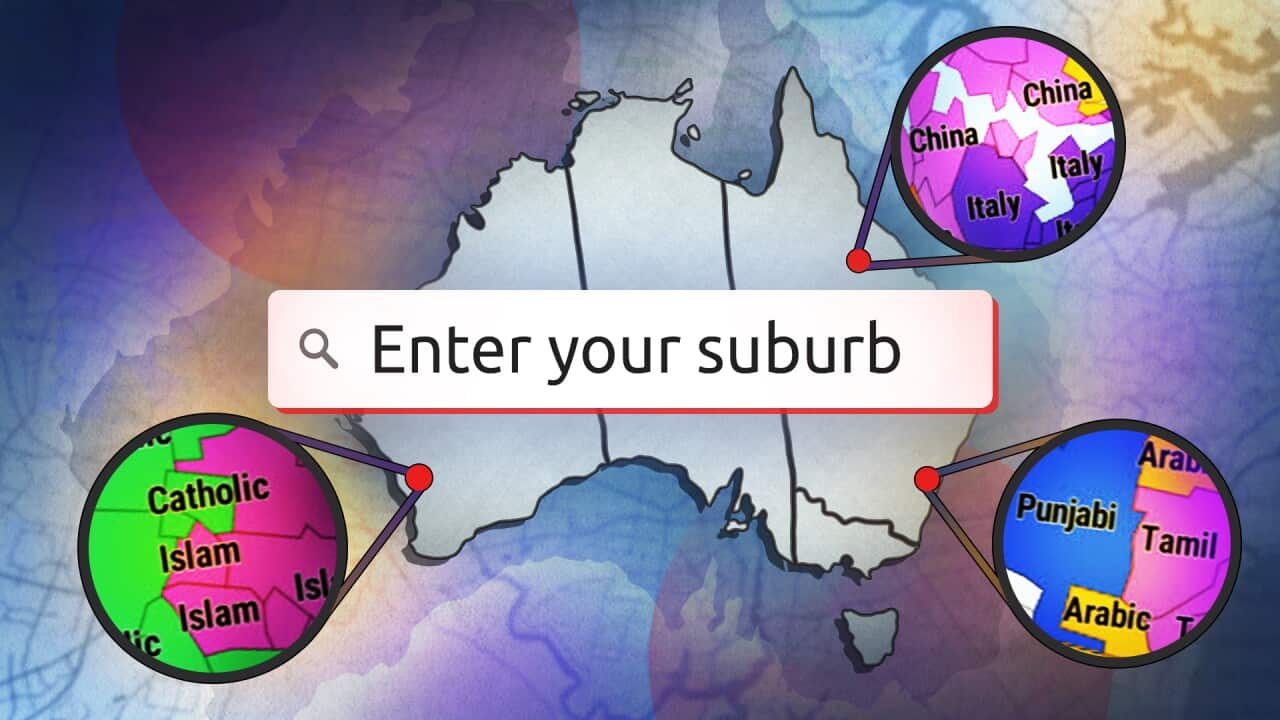Australians sure do like those brekkies, barbies and mozzies.
We’re not talking about “actual” mozzies here.
We’re defo (definitely) talking about words — and Aussies can’t seem to get enough of these shortened words.
Some say we’re lazy for clipping them. Others claim it’s just Aussies knocking words down to size — ta, we’ll have a glass of cab sav or savvy b instead of whatever that is in French.
Our most beloved shortenings end in -ie/y and -o. Journos often ask us why Aussies use them, and whether they’ll last.
Well, not only are we still using them, seppos (Americans) and pommies (Brits) are joining the action, too.
Endings that bond and bind us
These alternative forms of words are often described as “diminutives” (or hypocoristics).
Pet names with such endings can show we have a warm or simply friendly attitude toward something or someone (think of the -s on Cuddles). Certainly, on names, -ie/y and -o are often affectionate (think Susy and Robbo).
But the vast majority of Aussie diminutives are doing something different.
Indeed, saying journo or pollie doesn’t usually indicate we’re thinking of journalists and politicians as small and endearing things.
These “diminutives” are also a world away from the birdies and doggies of the nursery.
Adult Australians might cheerfully talk about blowies and trackies, but not birdies and doggies — well, unless it’s on the golf course or perhaps in reference to the Western Bulldogs getting a specky (spectacular mark).
For Australian National University linguist Anna Wierzbicka, these expressions are among the most culturally salient features of Australian English — expressions of informality and solidarity that are “uniquely suited to the Anglo-Australian ethos […] and style of interaction”.
Experiments by Australian linguists have empirically confirmed the social effects of these embellished words.
Colloquialisms such as barbie and smoko are like accents – part of the glue that sticks Australian English speakers together.
Are -ie/y endings darlings or weaklings?
Diminutives can die out when they take on the burden of new social meanings.
One of the oldest endings (found as far back as Anglo-Saxon times) is -ling. We see it still on words like twinkling and darling.
However, by modern times it had flipped and become contemptuous, especially when used of humans (think of weakling and underling).
In contrast to -ling, our -ie/-y endings carry important, positive meanings, and there’s no sign yet that we’re giving up on them.
Those sunnies, scungies, boardies, cozzies, stubbies and trackies are still the stuff of our sartorial summer fashion.
Slang might come and go, but the process that transforms sunglasses into sunnies and tracksuit pants into trackies continues to thrive.
So thriving, in fact, are these expressions that some are among Australia’s successful exports.
International celebrities include greenie, pollie, surfie, mozzie, budgie (and its offshoot budgie smugglers).
Selfie, the linguistic rockstar
And let’s not forget the linguistic rockstar that is a selfie – its meteoric rise to stardom in 2013 saw it crowned Word of the Year by Oxford Dictionaries and also by the Van Dale dictionary in the Netherlands.
We are, however, constantly refreshing our stock of -ie/y words.
Many of the gems in Wendy Allen’s 1980s collection of youth slang in Melbourne (Teenage speech) have bitten the dust (for example, scottie from “he’s got no friends” -> “s’got no friends” -> “s’got + ie”).
But the second edition of the Australian National Dictionary shows us how many -ie/y words have proliferated since the 1980s/1990s (firie, tradie, trackie daks).
Bottle-o, milko and smoko: still alive-o?
That other long-time favourite ending -o occurs all round the English-speaking world.
READ MORE

How multicultural is your suburb?
However, as the Oxford English Dictionary describes, its use “is especially associated with Australia”.
The earliest Australian examples (like milko, rabbito, bottle-o) date from the 19th century and are abbreviated nouns referring to a person’s trade (“milkman”, “rabbit-seller” “bottle-collector”).
Sometimes they appear with -oh because of their association with street calls, and this use is old – think of those cockles and mussels of 18th century London, all very much “alive, alive-oh”.
Our love of this -o suffix may also owe something to Irish English.
However, Australian linguist Jane Simpson points out it has much wider applications in Australia (and New Zealand), as shown by place names such as Rotto (Rottnest Island), Freo (Fremantle), Paddo (Paddington) and common nouns such as compo (compensation), ambo (ambulance driver) and bowlo (bowling club).
And we’re exporting these too – demo, preggo and muso have made it into the wider world.
As with -ie/y endings, our -o endings don’t seem to be going anywhere in a hurry. However, their long-term survival seems slightly less assured than -ie/y.
We’re still seeing newer coinages (such as housos), but a 2011 study suggests young people might be using this one less than previous generations.
Rellies or rellos, garbies or garbos: is there a pattern?
There are wharfies and truckies but not wharfos and truckos; garbos and musos but not garbies and musies.
People who ride motorcycles are generally bikers; those who belong to motorcycle gangs tend to be bikies.
So what’s wrong with bikos? And why are there gaps? Those who build houses are neither buildos nor buildies.
Undoubtedly there are nuanced differences of meaning involved here.
Does weirdie describe unconventional people more affectionately than weirdo, or even weird person?
Certainly, there’s a world of difference between the sicko (psychologically sick person) and the sickie (leave you take when you’re sick – or is that when you’re not sick?).
You tell us: do you prefer a lammo or a lammie for the small chocolate and coconut–covered cake?
And are members of your family rellos or rellies?
There’s a lot of lexicographers, linguists and other word nerds who haven’t figured this out.













